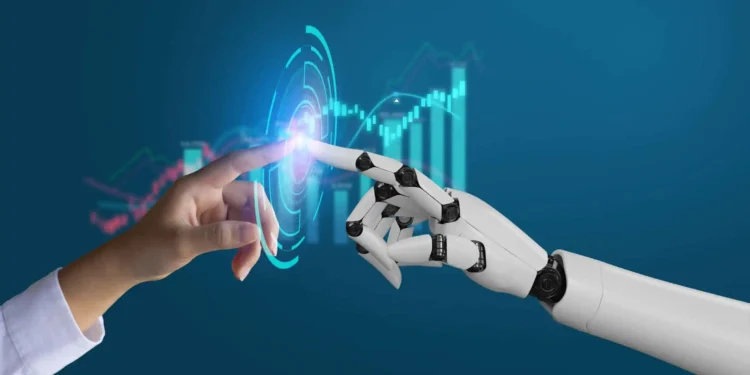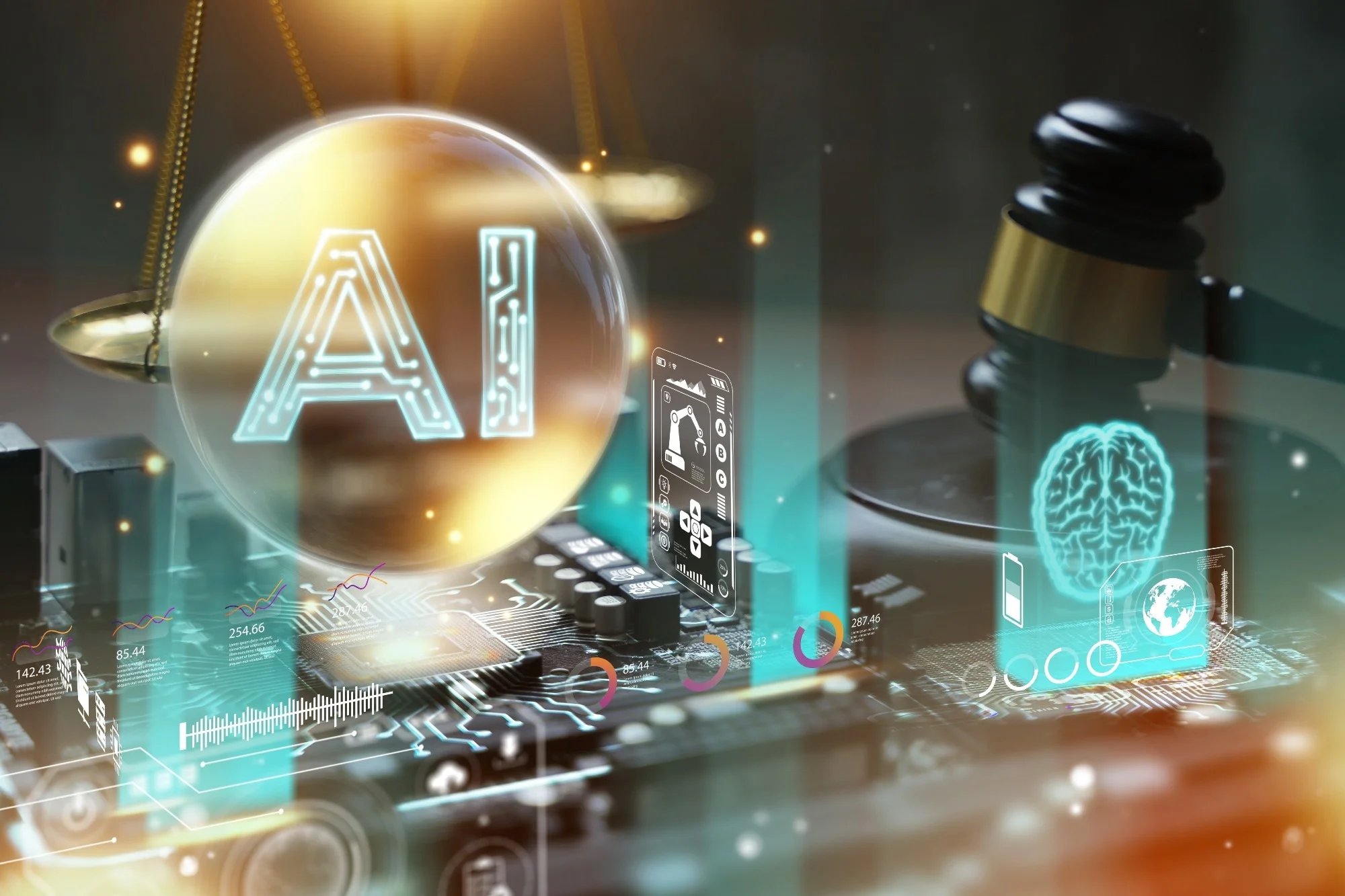Artificial intelligence (AI) has been one of the most transformative technological innovations of the 21st century. From revolutionizing industries such as healthcare, finance, and education to creating entirely new fields of study and innovation, AI has become an indispensable tool for solving complex problems and optimizing processes. At its core, AI encompasses a broad range of technologies, methodologies, and applications, each contributing to its ability to simulate human intelligence and behaviour.
In this article, we will explore the top 80 innovations in AI technology, categorized by different areas of advancement. Each innovation has significantly impacted the way we interact with technology, use data, and understand the potential of machines to learn, reason, and make decisions. The list below outlines these groundbreaking AI technologies in a numbered sequence, focusing on their relevance and contribution to the field. The aim is to give you a comprehensive understanding of the evolution of AI and its key milestones.
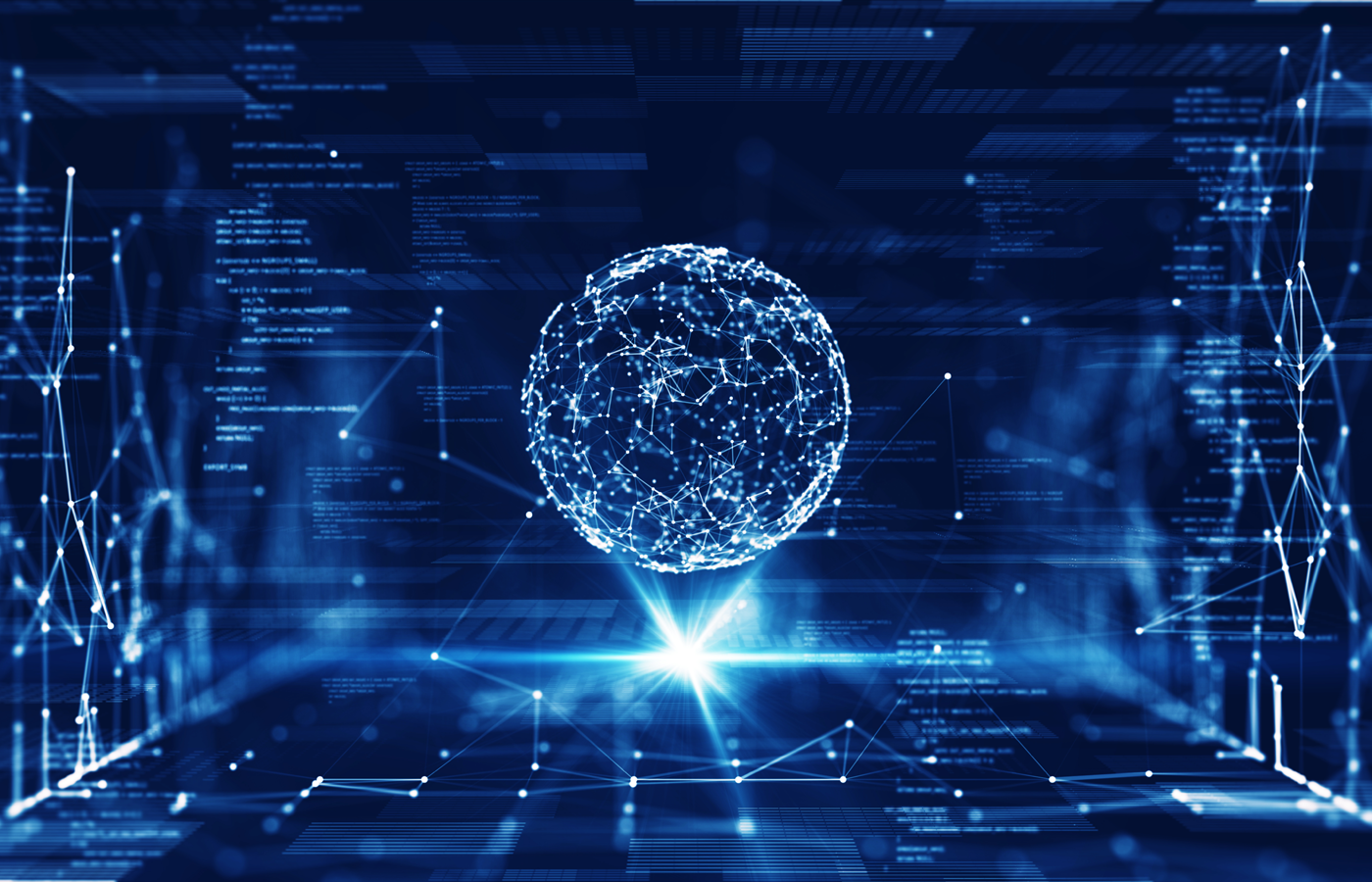
1. Artificial Neural Networks (ANNs)
Artificial Neural Networks (ANNs) are computational models inspired by the human brain’s neural networks. These systems learn from data by adjusting the weights of their neurons based on the input they receive. ANNs form the basis of deep learning and are used in various applications, such as image and speech recognition, recommendation engines, and predictive analytics. They have revolutionized the way machines process and interpret information, allowing them to perform tasks that previously required human intelligence.
2. Deep Learning
Deep learning is a subset of machine learning that leverages neural networks with many layers (hence the term “deep”) to analyze and learn from vast amounts of data. This has been pivotal in achieving breakthroughs in AI, especially in areas like natural language processing (NLP), image recognition, and automated decision-making. Deep learning models are behind much of the AI-driven automation we see today, from voice assistants to autonomous vehicles.
3. Convolutional Neural Networks (CNNs)
Convolutional Neural Networks (CNNs) are a type of ANN specifically designed for processing structured grid data such as images. They are the core technology behind image recognition systems, self-driving car vision systems, and even certain medical imaging tools. CNNs use layers that detect edges, shapes, and textures in images, enabling computers to “see” and recognize objects with remarkable accuracy.
4. Generative Adversarial Networks (GANs)
Generative Adversarial Networks (GANs) involve two neural networks: a generator that creates data and a discriminator that evaluates the data. GANs are used in creating realistic images, videos, and sounds, contributing to advances in fields like entertainment, design, and virtual reality. The technology has been instrumental in deepfake generation and content creation, showing the creative potential of AI.
5. Natural Language Processing (NLP)
Natural Language Processing (NLP) enables machines to understand and respond to human language. With the advent of NLP, AI can now interpret text, generate human-like responses, and engage in meaningful conversations. It powers chatbots, virtual assistants like Siri and Alexa, and tools for sentiment analysis, enabling businesses to provide more personalized customer service.
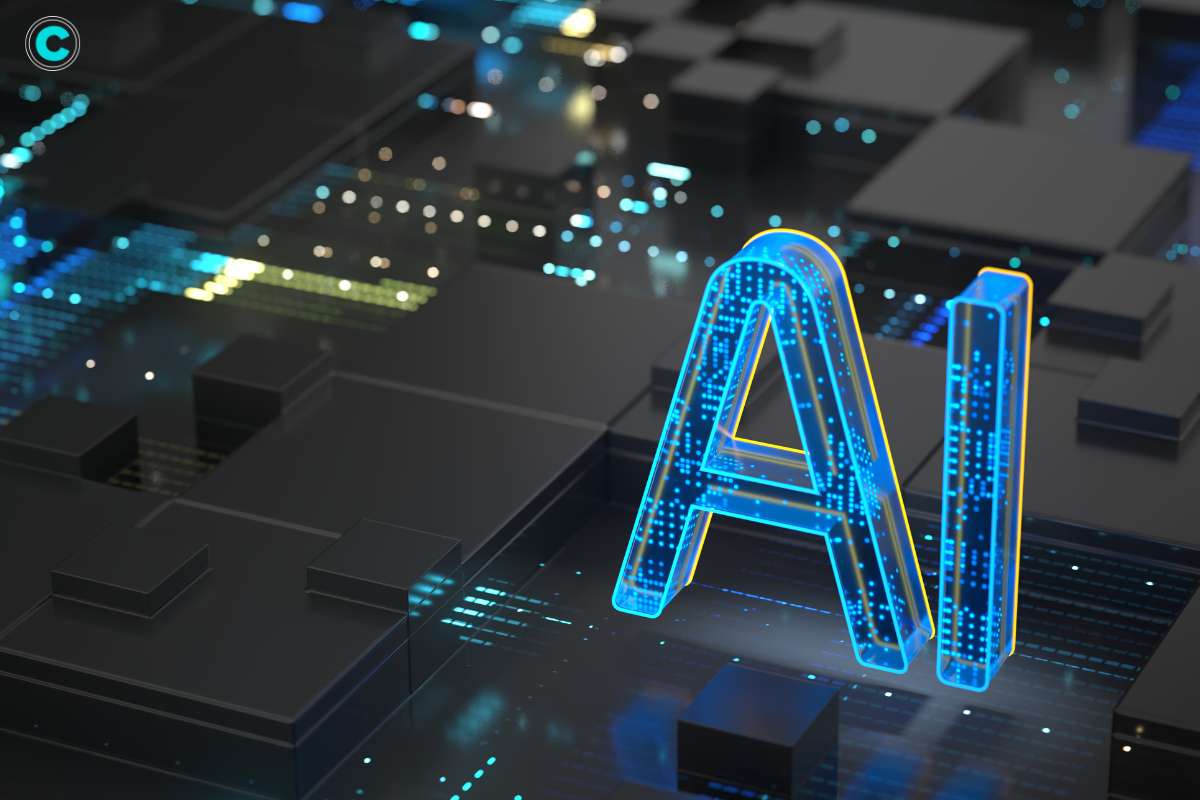
6. Reinforcement Learning
Reinforcement Learning (RL) is a type of machine learning where an agent learns to make decisions by interacting with an environment. The agent receives feedback in the form of rewards or penalties, and its objective is to maximize cumulative rewards. RL is behind many innovations, such as AlphaGo, where AI defeated human world champions in complex games. It’s also widely used in robotics, autonomous systems, and optimization problems.
7. Transformer Models
Transformers have redefined NLP with models like OpenAI’s GPT (Generative Pre-trained Transformer) and Google’s BERT (Bidirectional Encoder Representations from Transformers). These models are capable of understanding and generating human-like text, leading to advancements in machine translation, summarization, and even creative writing.
8. AlphaGo and AlphaZero
Developed by DeepMind, AlphaGo was the first AI to defeat a world-champion Go player, marking a significant milestone in reinforcement learning and neural network integration. AlphaZero, its successor, generalized the approach to master multiple games, including chess and shogi, without needing human data—demonstrating AI’s ability to learn from first principles.
9. AI in Autonomous Vehicles
AI powers the perception, decision-making, and control systems in autonomous vehicles. It allows cars to recognize objects, predict their movements, and make real-time driving decisions. Companies like Tesla, Waymo, and Uber have made strides in developing AI that enables fully autonomous driving, aiming to reduce accidents and improve traffic efficiency.
10. AI-Powered Healthcare Diagnostics
AI innovations in healthcare have transformed diagnostics. AI algorithms, especially those using deep learning, are capable of analyzing medical images to detect diseases such as cancer and diabetic retinopathy more accurately and faster than human doctors. Startups and tech giants alike are working on AI systems that assist with diagnostics, treatment planning, and personalized medicine.
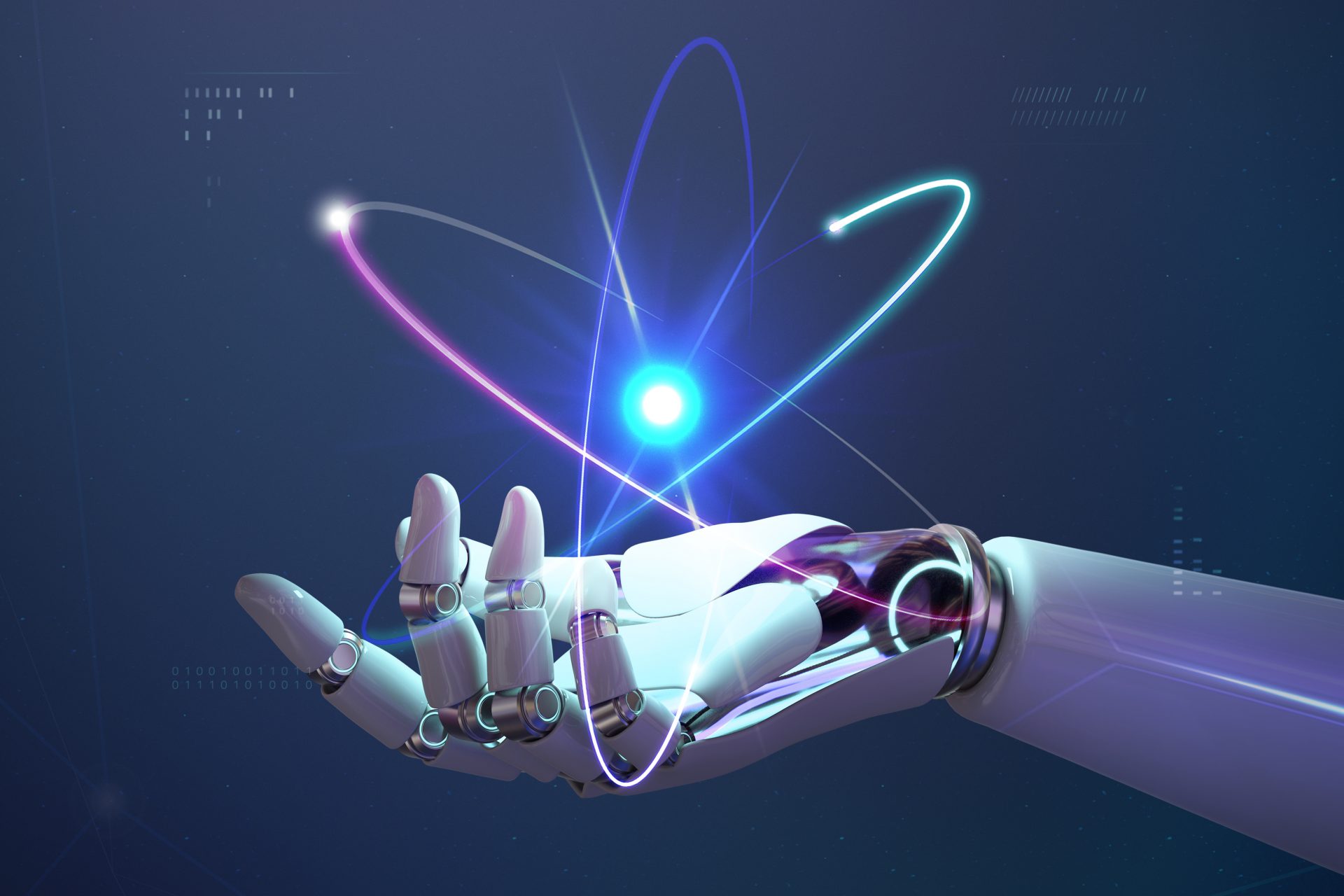
11. AI in Drug Discovery
AI is revolutionizing drug discovery by analyzing large datasets to identify potential drug candidates at a fraction of the time and cost required by traditional methods. AI models predict how drugs will interact with biological systems, which accelerates the development of new treatments and vaccines. For example, AI was instrumental in the rapid development of COVID-19 vaccines.
12. AI-Powered Virtual Assistants
Virtual assistants like Google Assistant, Amazon Alexa, and Apple Siri are powered by AI technologies such as NLP, machine learning, and speech recognition. These assistants can perform a wide range of tasks, from setting reminders and playing music to controlling smart home devices and answering general knowledge questions, offering seamless user experiences.
13. AI in Predictive Analytics
Predictive analytics uses AI to forecast future trends by analyzing historical data. In finance, for example, AI helps traders predict market movements, while in retail, it can forecast customer behaviour. These AI models use large datasets and sophisticated algorithms to provide accurate predictions, helping companies make data-driven decisions.
14. AI-Powered Robotics
AI-powered robots are making strides in industries like manufacturing, healthcare, and logistics. These robots can perform complex tasks autonomously, such as assembling products, performing surgeries, or handling packages in warehouses. AI allows these robots to learn from their environment and improve their performance over time, leading to greater efficiency and reduced human intervention.
15. AI in Personalized Learning
AI has made significant contributions to personalized education by tailoring learning experiences to individual students’ needs. AI-powered platforms like Coursera and Khan Academy use algorithms to adapt content and learning paths based on student performance, enabling more effective and engaging education.
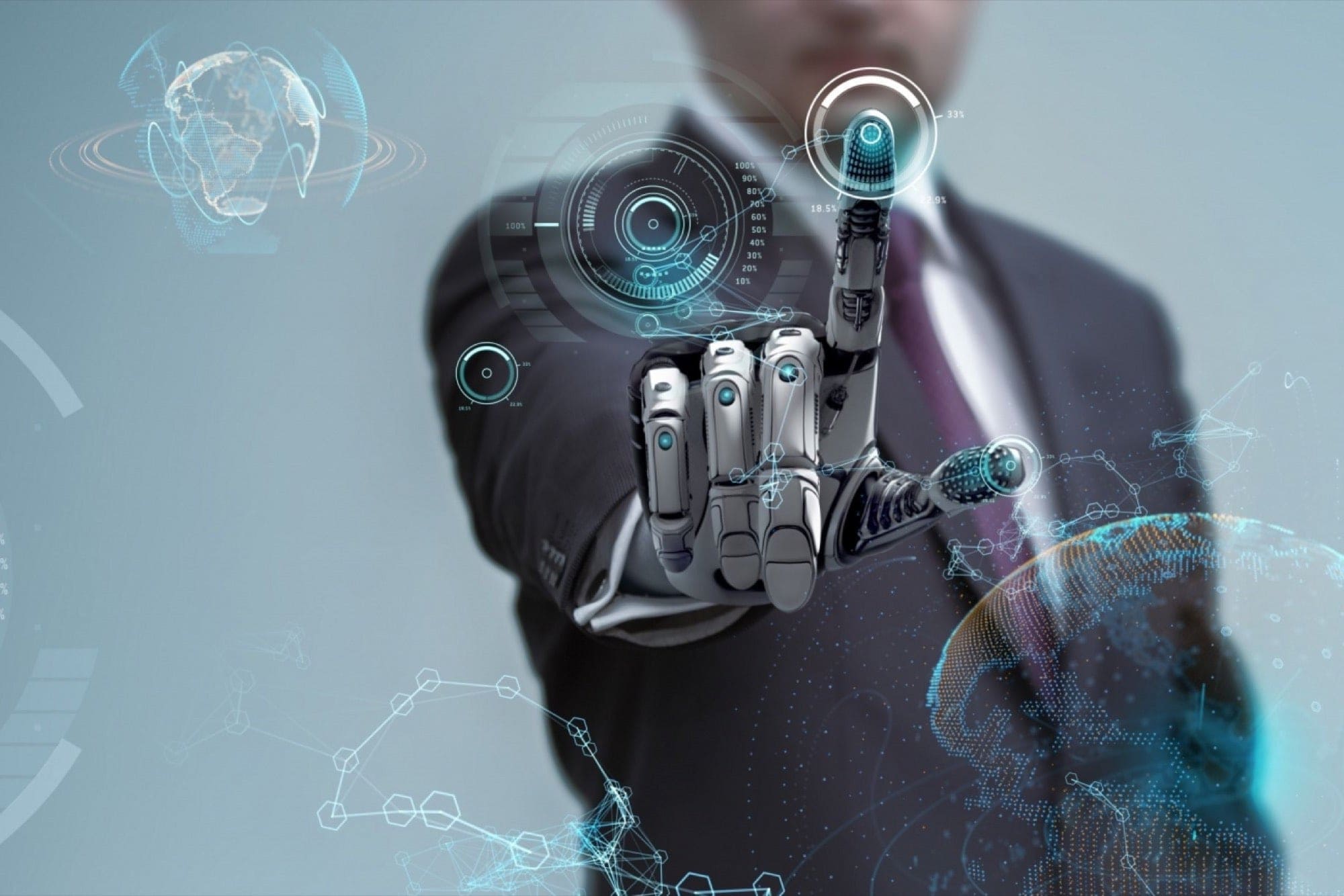
16. AI-Driven Speech Recognition
Speech recognition technologies powered by AI are used in voice-controlled devices, transcription services, and language translation apps. AI models like Google’s Speech-to-Text or Apple’s dictation services have made voice interfaces more accurate and reliable, significantly improving accessibility for people with disabilities and enhancing user interaction with technology.
17. Emotion AI (Affective Computing)
Emotion AI, also known as affective computing, enables machines to recognize and respond to human emotions by analyzing facial expressions, voice tone, and other non-verbal cues. It is being used in customer service, mental health diagnostics, and even entertainment to create more empathetic and responsive systems.
18. Explainable AI (XAI)
Explainable AI focuses on making AI systems transparent and understandable to humans. As AI models become more complex, understanding their decision-making processes has become critical, particularly in sensitive areas like healthcare and finance. XAI provides insights into how AI models reach their conclusions, ensuring accountability and trust.
19. Federated Learning
Federated learning allows AI models to be trained across multiple decentralized devices without sharing raw data. This innovation enhances privacy and security, particularly in industries where sensitive data is involved, such as healthcare and finance. Federated learning enables AI to learn from vast amounts of data while preserving user privacy.
20. Self-Supervised Learning
Self-supervised learning (SSL) is an AI approach where models learn from unlabeled data. Unlike traditional supervised learning, which requires labelled data, SSL uses large amounts of raw data, making it more scalable. This innovation is particularly valuable in scenarios where labelling data is costly or impractical, such as video and image analysis.
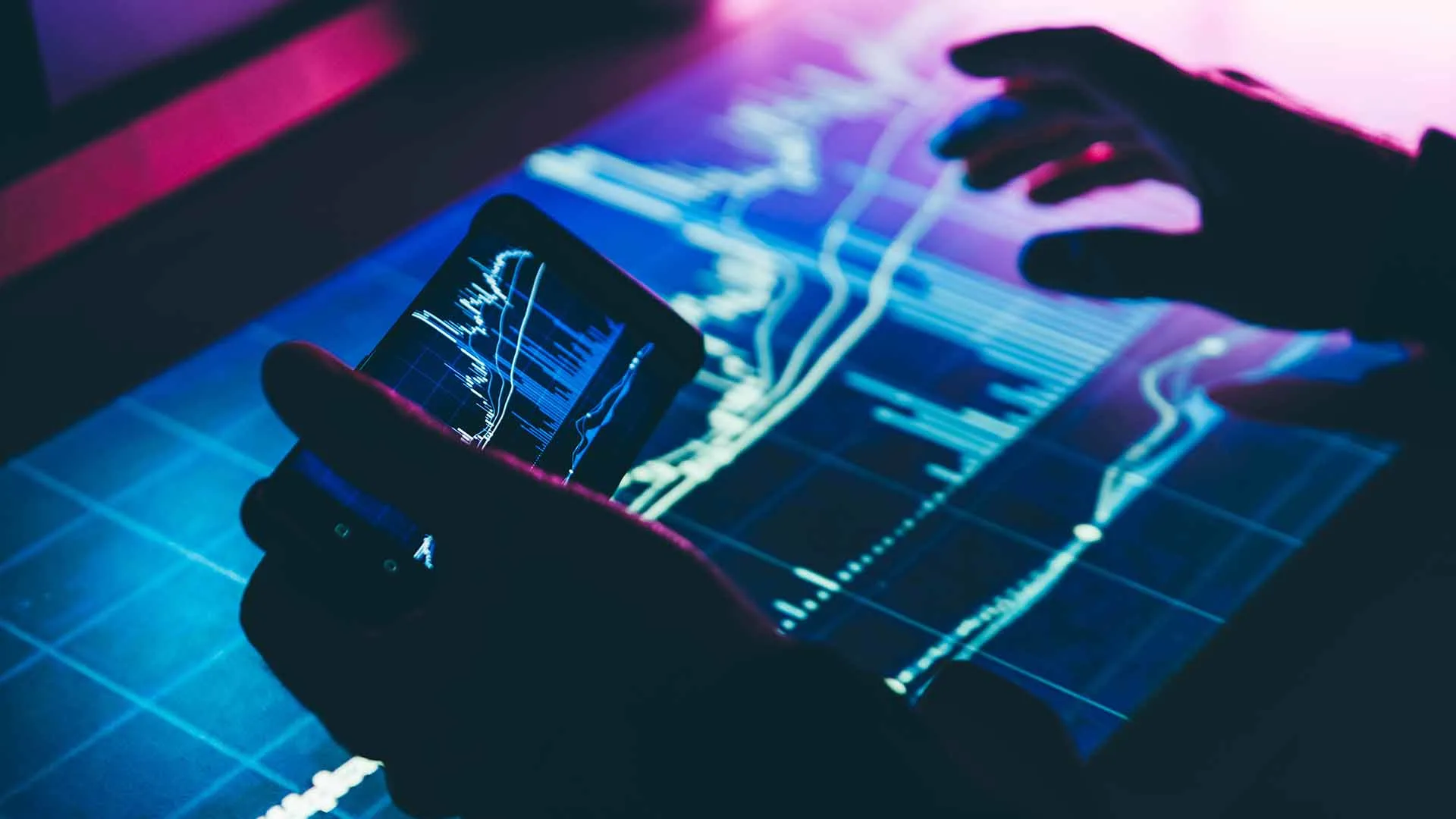
21. AI-Powered Natural Language Generation (NLG)
Natural Language Generation (NLG) uses AI to automatically produce human-like text based on data input. Applications range from generating financial reports to writing articles and creating dialogue for virtual assistants. NLG models like OpenAI’s GPT series have achieved remarkable feats in generating coherent, contextually relevant text, fueling content creation, customer service, and more.
22. AI in Cybersecurity
AI has become a critical tool in cybersecurity, helping organizations detect threats and respond to attacks faster than traditional systems. AI-driven threat detection systems can analyze network traffic, identify patterns indicative of malicious behaviour, and adapt to new attack methods, offering enhanced security for businesses and governments.
23. AI in Fraud Detection
AI is widely used in fraud detection across industries like finance, insurance, and e-commerce. Machine learning models analyze transactional data to identify suspicious patterns, reducing the risk of fraud. These systems can detect anomalies that human analysts might miss, making fraud detection more accurate and efficient.
24. AI in Supply Chain Management
AI has transformed supply chain management by optimizing processes such as demand forecasting, inventory management, and logistics. AI-driven platforms can analyze vast amounts of data from multiple sources to predict supply chain disruptions and recommend actions to mitigate risks, improving operational efficiency and reducing costs.
25. Recommender Systems
Recommender systems are AI-powered algorithms used by platforms like Netflix, Amazon, and Spotify to suggest content or products to users based on their preferences. These systems use collaborative filtering and deep learning to analyze user behaviour and recommend items, enhancing customer satisfaction and engagement.
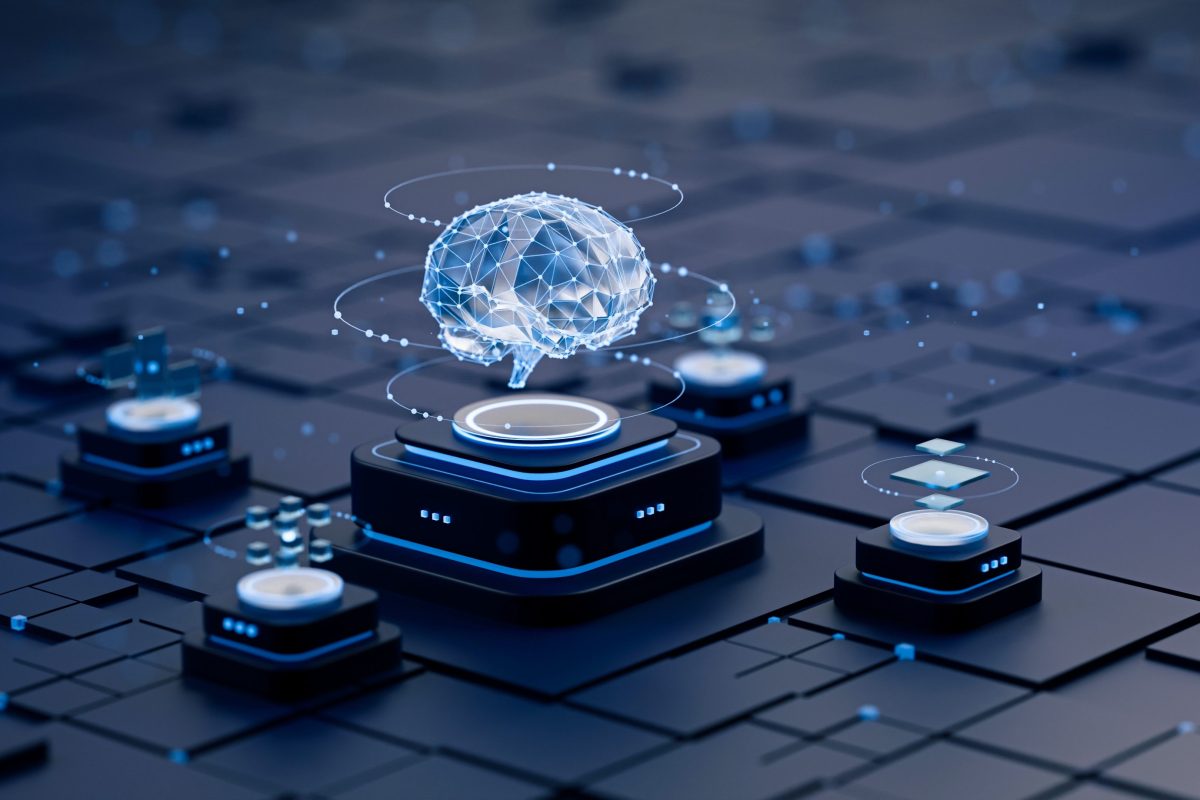
26. AI in Natural Language Translation
AI-powered translation systems like Google Translate and DeepL have made significant strides in breaking down language barriers. These systems use advanced neural networks to translate text and speech in real time, making communication across languages faster and more accurate. AI-driven translation has broad applications, from business negotiations to social media interactions.
27. AI-Powered Search Engines
Search engines have evolved with AI to provide more accurate and relevant search results. AI algorithms analyze user queries, understand context, and rank pages based on relevance and authority. Innovations like Google’s RankBrain use machine learning to continually improve search result accuracy, delivering a better user experience.
28. AI in Smart Cities
AI is playing a central role in the development of smart cities, optimizing infrastructure, energy consumption, and public services. AI-driven systems monitor traffic patterns, control street lighting, and manage waste collection, making cities more efficient, sustainable, and livable.
29. AI in Agriculture
AI technologies are transforming agriculture by enabling precision farming. AI-powered systems can analyze soil conditions, monitor crop health, and predict weather patterns, allowing farmers to optimize their operations and increase crop yields. Drones equipped with AI-driven sensors can also automate tasks such as planting and spraying.
30. AI in Renewable Energy
AI is driving the development of more efficient renewable energy systems. AI algorithms optimize the operation of wind turbines, solar panels, and energy storage systems by predicting weather conditions and demand patterns. This helps reduce energy waste and increase the reliability of renewable energy sources.
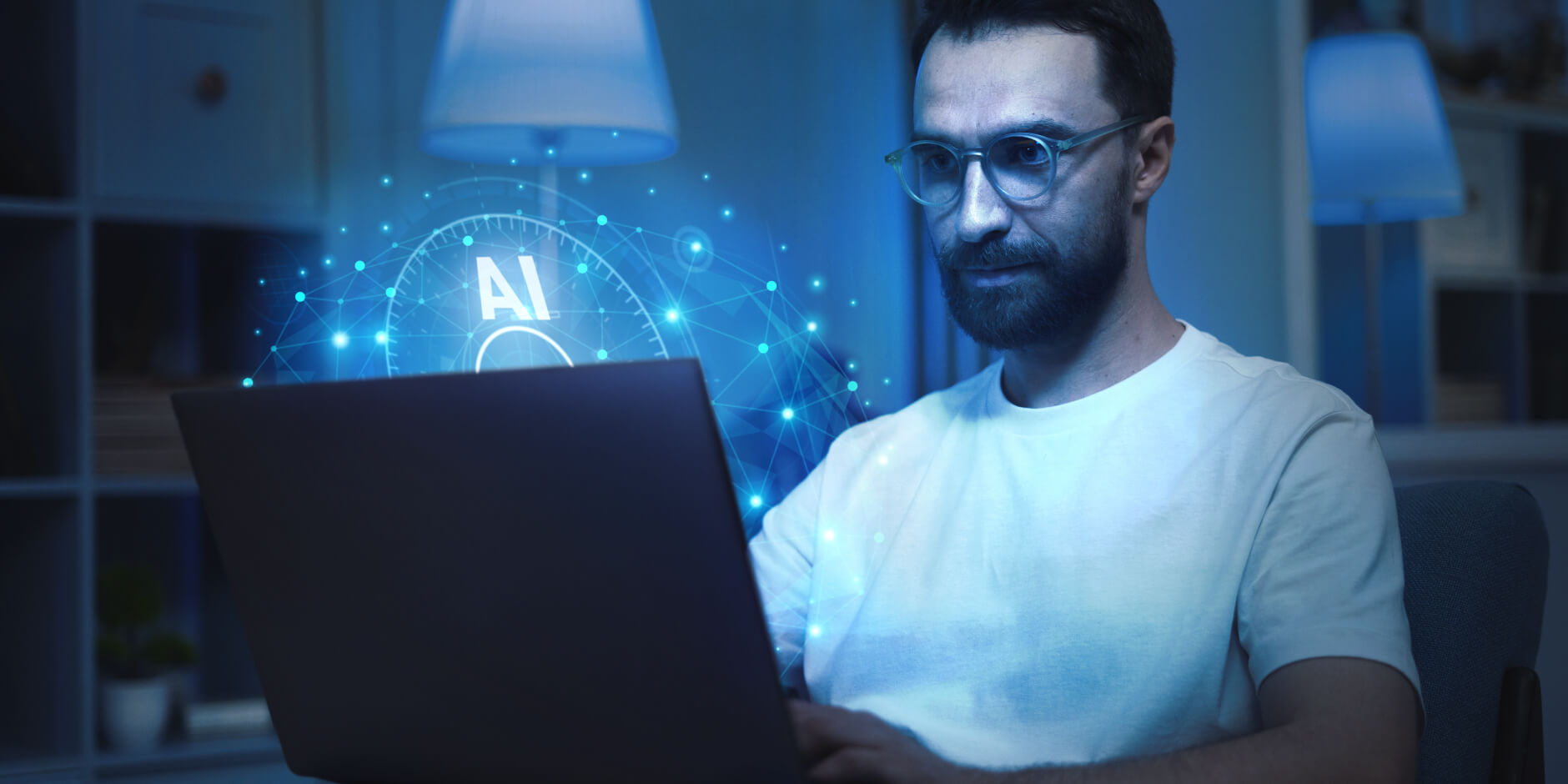
31. AI-Driven Creative Art Generation
AI has entered the creative realm, with innovations that generate art, music, and literature. Tools like DeepArt and OpenAI’s Jukedeck use deep learning to create original artwork and music compositions, blending AI’s ability to recognize patterns with creative expression.
32. AI-Powered Autonomous Drones
Autonomous drones are powered by AI to navigate and perform tasks without human intervention. These drones are used in various applications, from package delivery and agriculture to disaster relief and surveillance. AI enables them to learn from their environment and make real-time decisions, enhancing efficiency and safety.
33. AI in Financial Trading
AI-driven algorithms have revolutionized financial trading by analyzing vast datasets to identify patterns and execute trades at lightning speed. High-frequency trading (HFT) firms use AI to make split-second decisions that capitalize on market movements, increasing profitability and market efficiency.
34. AI-Powered Chatbots
AI-powered chatbots are widely used in customer service to handle routine inquiries and resolve issues. These bots use NLP and machine learning to understand user queries, provide relevant responses, and learn from interactions, offering a seamless customer experience while reducing operational costs for businesses.
35. AI in Climate Science
AI is helping scientists model and predict climate change by analyzing large-scale climate data. AI-powered models can simulate complex climate systems, forecast weather patterns, and assess the impact of human activities on the environment, providing valuable insights for policymakers and environmentalists.

36. AI in Gaming
AI has transformed the gaming industry by creating more intelligent and adaptive non-playable characters (NPCs), enabling dynamic game environments, and enhancing the realism of simulations. AI-powered engines allow for more immersive experiences, where the game adapts to the player’s strategies and actions.
37. AI-Driven Drug Repurposing
AI is being used to discover new uses for existing drugs by analyzing molecular structures, clinical data, and patient records. This approach has the potential to speed up the drug development process and reduce costs by finding new applications for drugs already approved for other conditions.
38. AI in Legal Technology
AI is revolutionizing the legal profession by automating tasks such as document review, contract analysis, and legal research. AI-powered tools like ROSS Intelligence use NLP to understand legal queries and retrieve relevant case law and statutes, increasing efficiency and reducing costs for law firms.
39. AI in Mental Health
AI is playing an increasing role in mental health care by enabling the development of tools that can assess, diagnose, and even treat mental health conditions. AI-powered chatbots like Woebot use NLP to engage with users, monitor their emotional state, and provide cognitive behavioural therapy (CBT)-based interventions.
40. AI in Social Media
AI is integral to the operation of social media platforms like Facebook, Instagram, and Twitter. Algorithms use AI to personalize content, detect harmful or inappropriate posts, and target advertisements to users. AI also helps manage the enormous volume of data generated on these platforms by analyzing trends and monitoring user behaviour.
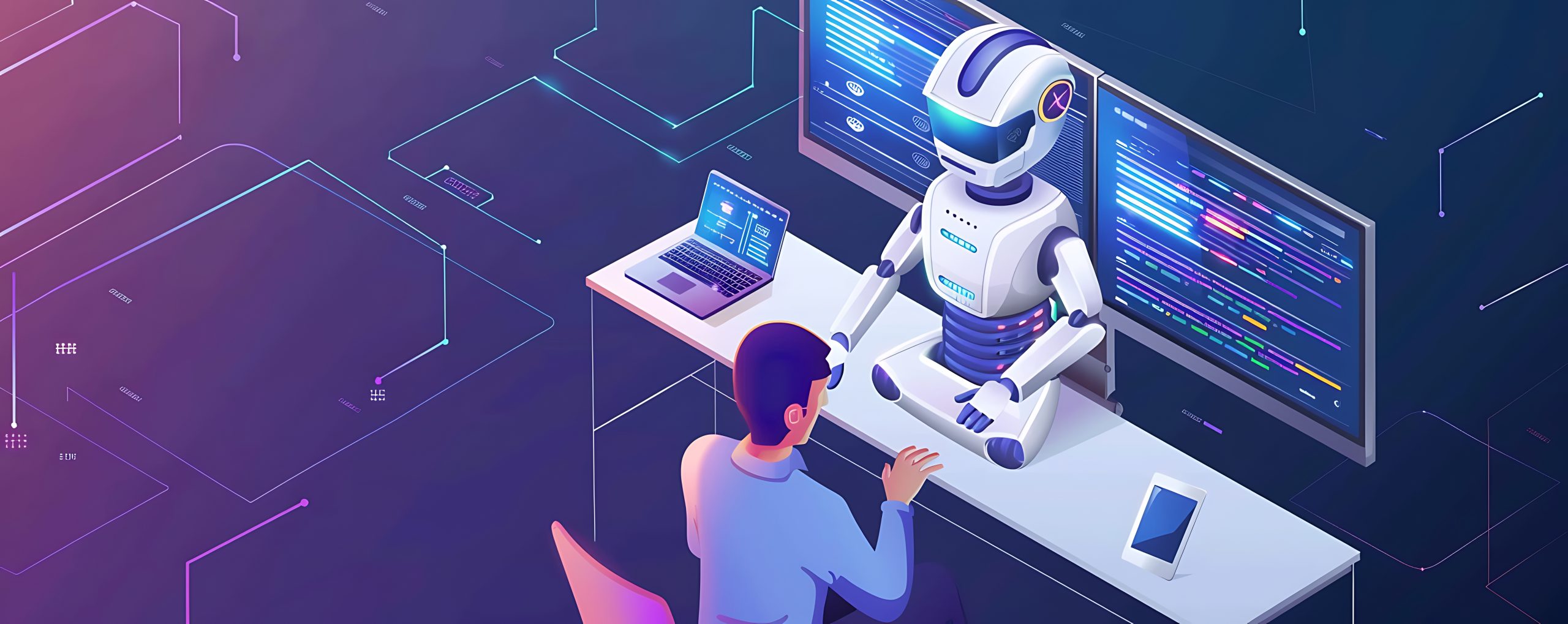
41. AI-Driven Robotic Process Automation (RPA)
Robotic Process Automation (RPA) involves using AI to automate routine tasks in businesses, such as data entry, customer service workflows, and financial transactions. AI-driven RPA reduces errors, increases efficiency, and allows human workers to focus on higher-level tasks that require creativity and decision-making.
42. AI in Precision Medicine
Precision medicine leverages AI to create personalized treatment plans based on a patient’s genetic makeup, lifestyle, and medical history. AI algorithms analyze patient data to identify the most effective treatments for individuals, leading to better outcomes in cancer treatment, chronic disease management, and other areas of healthcare.
43. AI in Virtual and Augmented Reality
AI is enhancing virtual and augmented reality (VR and AR) by making these technologies more immersive and interactive. AI-powered systems can track user movements, predict actions, and create adaptive virtual environments, leading to more engaging and personalized experiences in gaming, education, and professional training.
44. AI in Personal Finance Management
Personal finance management apps like Mint and PocketGuard use AI to analyze spending patterns, create budgets, and provide financial advice. These AI-driven platforms offer personalized insights, helping users make smarter financial decisions and achieve their savings goals.
45. AI in Real-Time Language Translation
AI-driven real-time language translation tools, like those integrated into apps such as Skype or Google Translate, have made cross-language communication faster and more efficient. These tools can translate spoken and written language almost instantly, bridging communication gaps in international meetings, travel, and customer service.
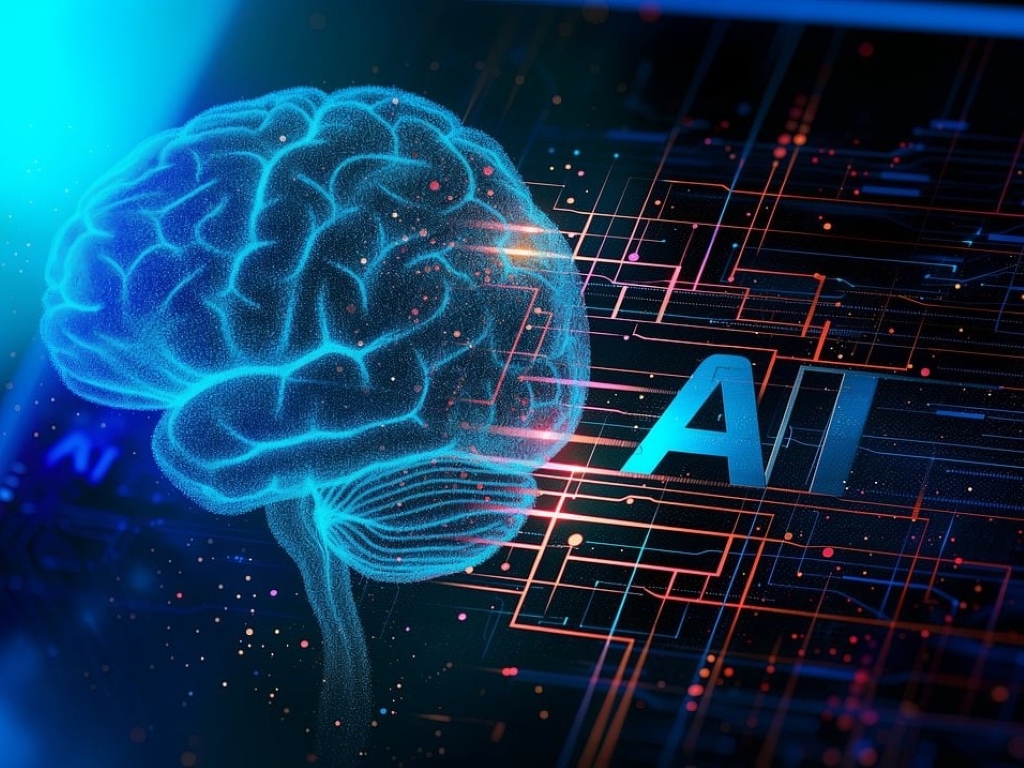
46. AI in Disaster Response and Management
AI plays a vital role in disaster response by predicting the likelihood of natural disasters, monitoring disaster zones, and optimizing relief efforts. AI algorithms analyze data from satellites, sensors, and social media to assess damage and coordinate emergency services, leading to faster and more effective disaster management.
47. AI in Space Exploration
AI is aiding space exploration by optimizing spacecraft navigation, automating data analysis from distant planets, and assisting in mission planning. NASA and other space agencies use AI to analyze vast amounts of data from telescopes and satellites, identifying celestial phenomena and guiding autonomous spacecraft.
48. AI in Retail
Retailers use AI to optimize pricing, manage inventory, and enhance the customer shopping experience. AI-powered recommendation engines suggest products based on past purchases, while AI-driven demand forecasting helps retailers plan inventory more effectively, reducing waste and increasing profitability.
49. AI in E-Commerce Personalization
AI has transformed e-commerce by enabling personalized shopping experiences. AI algorithms analyze customer data to recommend products, customize promotions, and predict future buying behaviour, enhancing customer engagement and loyalty. E-commerce giants like Amazon use AI extensively to optimize their customer experiences.
50. AI-Driven Autonomous Ships
Autonomous ships, powered by AI, are being developed for cargo shipping, reducing the need for human crews and improving fuel efficiency. AI systems control navigation, detect obstacles, and optimize routes, making shipping safer and more cost-effective. These innovations are expected to play a significant role in the future of global maritime transport.
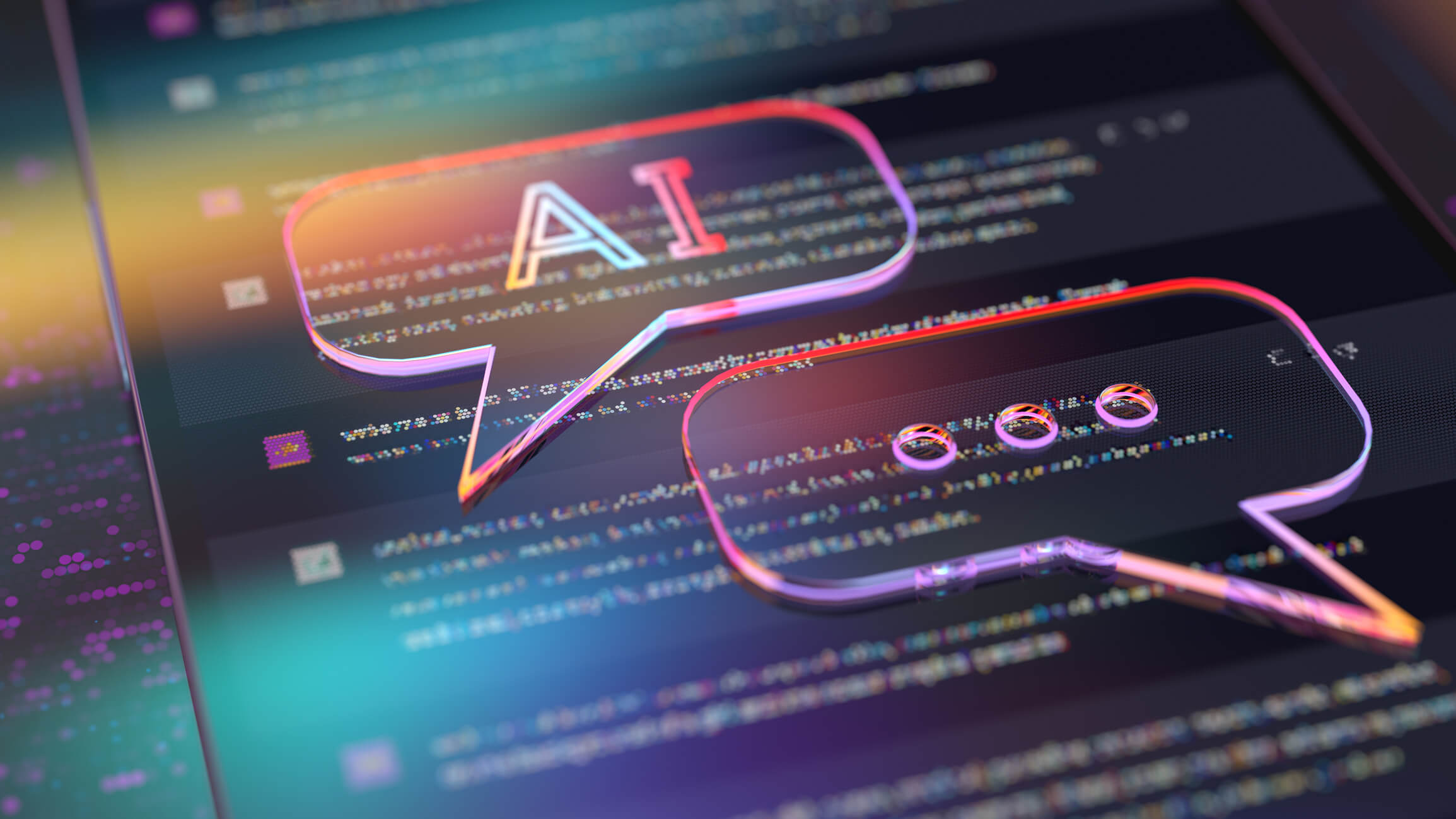
51. AI in Neuromorphic Computing
Neuromorphic computing mimics the architecture of the human brain to develop more efficient and powerful AI systems. This innovation focuses on creating hardware that can process information like neurons, leading to faster, energy-efficient computing systems that excel in tasks such as image and speech recognition.
52. AI in Quantum Computing
AI is being combined with quantum computing to solve complex problems that traditional computers cannot handle. Quantum AI has the potential to revolutionize fields such as cryptography, drug discovery, and materials science by performing computations at speeds far beyond current capabilities.
53. AI in Sentiment Analysis
Sentiment analysis uses AI to understand and interpret human emotions in text data. Businesses use sentiment analysis to gauge customer opinions, track brand perception, and predict market trends. AI algorithms analyze social media posts, reviews, and customer feedback to provide insights into public sentiment.
54. AI in Autonomous Systems for Delivery
AI-powered autonomous delivery systems, such as drones and robots, are being developed to deliver goods more efficiently. These systems use AI to navigate complex environments, avoid obstacles, and deliver packages safely. Companies like Amazon and Domino’s are experimenting with AI-driven delivery robots and drones to streamline their logistics.
55. AI in Human Resources (HR)
AI is transforming HR by automating recruitment, employee evaluation, and workforce management. AI-powered systems can analyze resumes, assess candidate suitability, and even predict employee retention, helping organizations make more informed hiring decisions and improving workplace efficiency.
56. AI in Art Conservation
AI is being used to analyze and restore damaged artwork by examining patterns in the remaining portions of the artwork and recreating missing sections. AI-powered tools help conservators preserve cultural heritage by identifying the best restoration methods, ensuring historical accuracy while maintaining artistic integrity.
57. AI in Music Composition
AI systems are now capable of composing music in various genres. Platforms like AIVA (Artificial Intelligence Virtual Artist) and Jukedeck use AI algorithms to create original compositions for soundtracks, commercials, and personal use, democratizing music creation for non-musicians and expanding creative possibilities for artists.
58. AI in Smart Home Devices
Smart home devices powered by AI, such as thermostats, security cameras, and lighting systems, learn user preferences and optimize home environments accordingly. AI-driven systems like Google Nest and Amazon Echo allow users to control appliances, monitor security, and save energy through automation and intelligent scheduling.
59. AI in Energy Grid Optimization
AI is being used to optimize energy grids by predicting demand, balancing loads, and integrating renewable energy sources. AI-powered systems monitor energy usage in real time and make adjustments to prevent outages, reduce waste, and increase efficiency in both urban and rural settings.
60. AI-Driven Speech Synthesis
Speech synthesis technologies powered by AI, like Google’s WaveNet, produce natural-sounding speech by analyzing and replicating human vocal patterns. These systems are used in virtual assistants, accessibility tools, and customer service applications to provide more lifelike and responsive voice interactions.
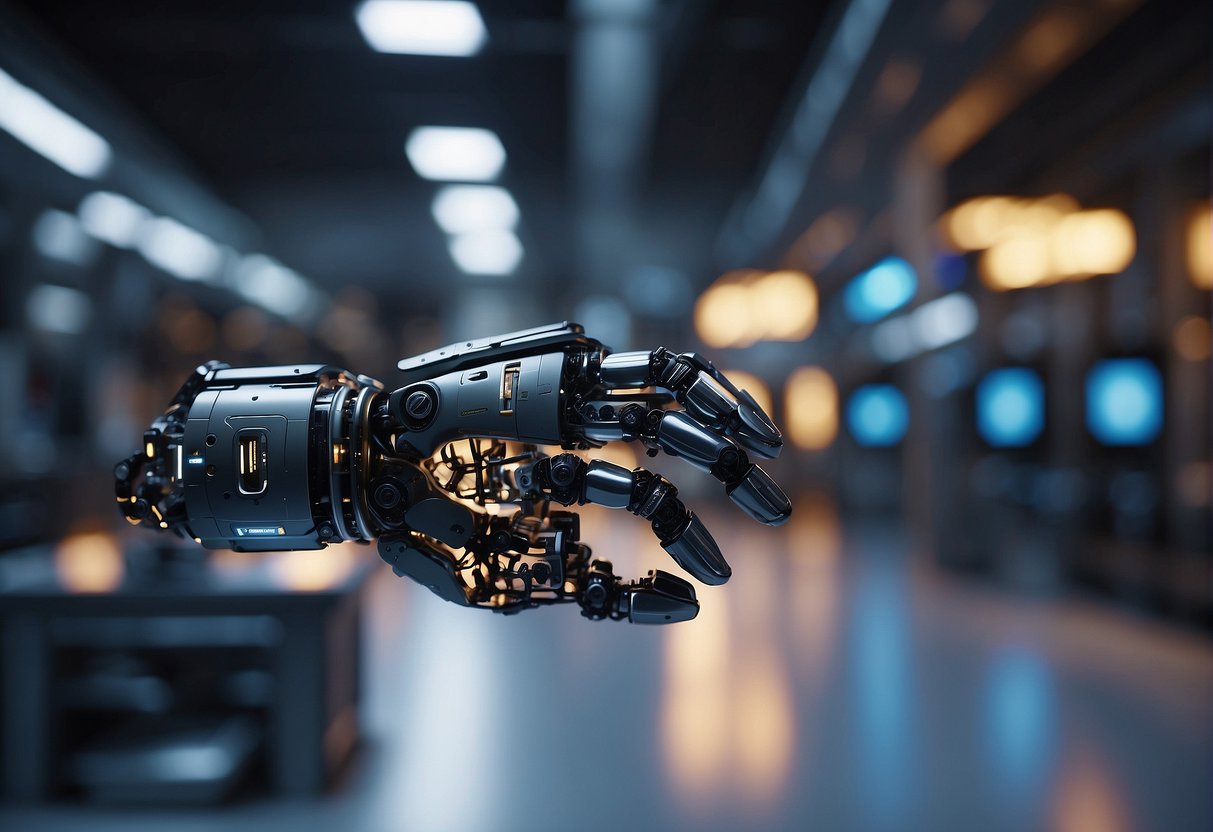
61. AI in Predictive Maintenance
AI is transforming industries by enabling predictive maintenance of machinery and equipment. AI algorithms analyze data from sensors to predict when a machine is likely to fail, allowing companies to perform maintenance before a breakdown occurs. This reduces downtime, extends the life of equipment, and cuts costs.
62. AI in Insurance Underwriting
AI is being used in insurance underwriting to assess risk more accurately and efficiently. AI-powered systems analyze vast amounts of data, including customer information, historical claims, and external factors like weather patterns, to determine policy premiums and predict the likelihood of claims.
63. AI in Personalized Marketing
AI is revolutionizing marketing by enabling personalized campaigns tailored to individual consumer behaviour. AI algorithms analyze customer data to deliver targeted advertisements, recommend products, and customize messaging, increasing engagement and conversion rates while optimizing marketing budgets.
64. AI in Behavioral Finance
AI is being used to study investor behaviour and make predictions about market trends. Behavioural finance models powered by AI analyze factors such as emotion, sentiment, and psychology to explain market movements, helping investors make more informed decisions.
65. AI in Sports Analytics
AI-driven sports analytics systems analyze player performance, team dynamics, and game strategies to provide insights for coaches, athletes, and analysts. AI algorithms are used to assess physical performance, predict injury risks, and develop winning strategies, transforming the way sports teams prepare for and execute games.
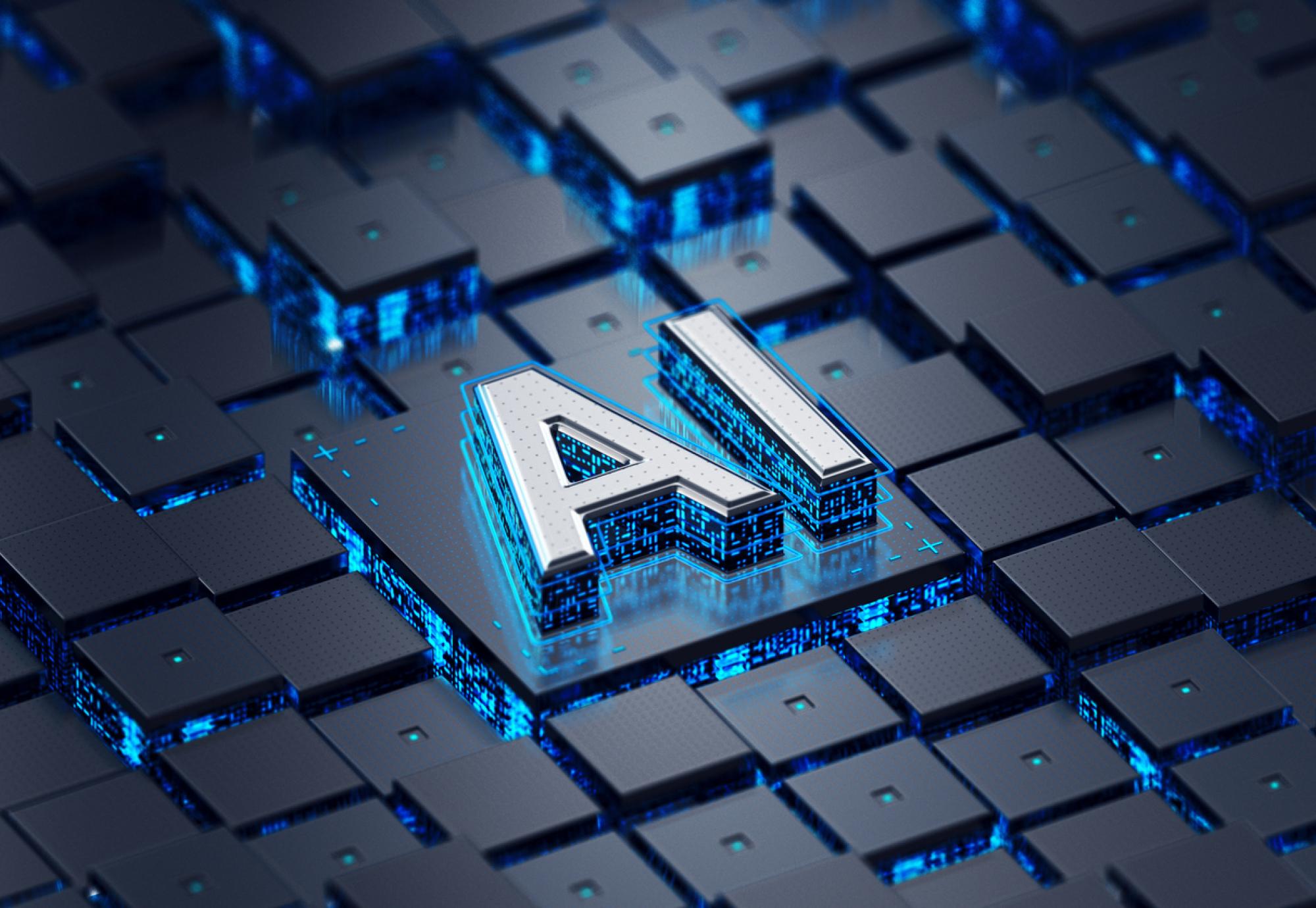
66. AI in Autonomous Retail Checkout
AI-powered autonomous checkout systems like Amazon Go eliminate the need for traditional checkout lines. These systems use computer vision, sensors, and AI algorithms to track products taken from shelves and automatically charge customers as they leave the store, offering a seamless shopping experience.
67. AI in Marine Biology
AI is being used to study and protect marine ecosystems by analyzing data from underwater sensors, drones, and satellites. AI models can identify species, monitor ocean health, and predict environmental changes, aiding conservation efforts and advancing our understanding of marine life.
68. AI in Food Safety
AI is helping improve food safety by analyzing data from food production facilities to detect potential contaminants and optimize quality control processes. AI systems can predict the likelihood of foodborne illnesses and ensure compliance with health and safety regulations, reducing the risk of outbreaks.
69. AI in Space Weather Prediction
AI is being used to predict space weather, such as solar flares and geomagnetic storms, which can disrupt satellites, power grids, and communication systems. AI models analyze data from space telescopes and other instruments to forecast these events and mitigate their impact on Earth.
70. AI in Sentiment-Driven Financial Trading
AI algorithms that analyze social media sentiment, news articles, and other sources of public opinion are being used to predict stock market movements. These systems can assess market sentiment in real time and make trading decisions based on collective emotions and reactions to events.

71. AI in Archaeology
AI is assisting archaeologists in discovering and analyzing ancient artefacts by processing data from satellite imagery, ground-penetrating radar, and 3D scanning. AI models can identify potential excavation sites and reconstruct damaged artefacts, providing new insights into historical civilizations.
72. AI in Personalized Advertising
AI-driven personalized advertising platforms analyze user behaviour, preferences, and demographics to deliver highly targeted ads. These platforms use machine learning to optimize ad placements, ensuring that the right message reaches the right audience at the right time.
73. AI in Language Preservation
AI is being used to preserve endangered languages by analyzing linguistic patterns and creating digital databases of spoken and written language. AI-powered language models can assist in revitalizing these languages by developing educational tools and translation systems.
74. AI in Antimicrobial Resistance Research
AI is helping researchers combat antimicrobial resistance by analyzing bacterial genomes, identifying new antibiotics, and predicting how bacteria will evolve to resist treatment. AI models can also simulate the effects of drugs on pathogens, accelerating the development of new treatments.
75. AI in Ethical Decision-Making
AI is being used to assist in ethical decision-making by analyzing moral dilemmas and providing recommendations based on pre-programmed ethical frameworks. These systems are being developed to guide autonomous systems, such as self-driving cars, in making decisions that align with societal values.
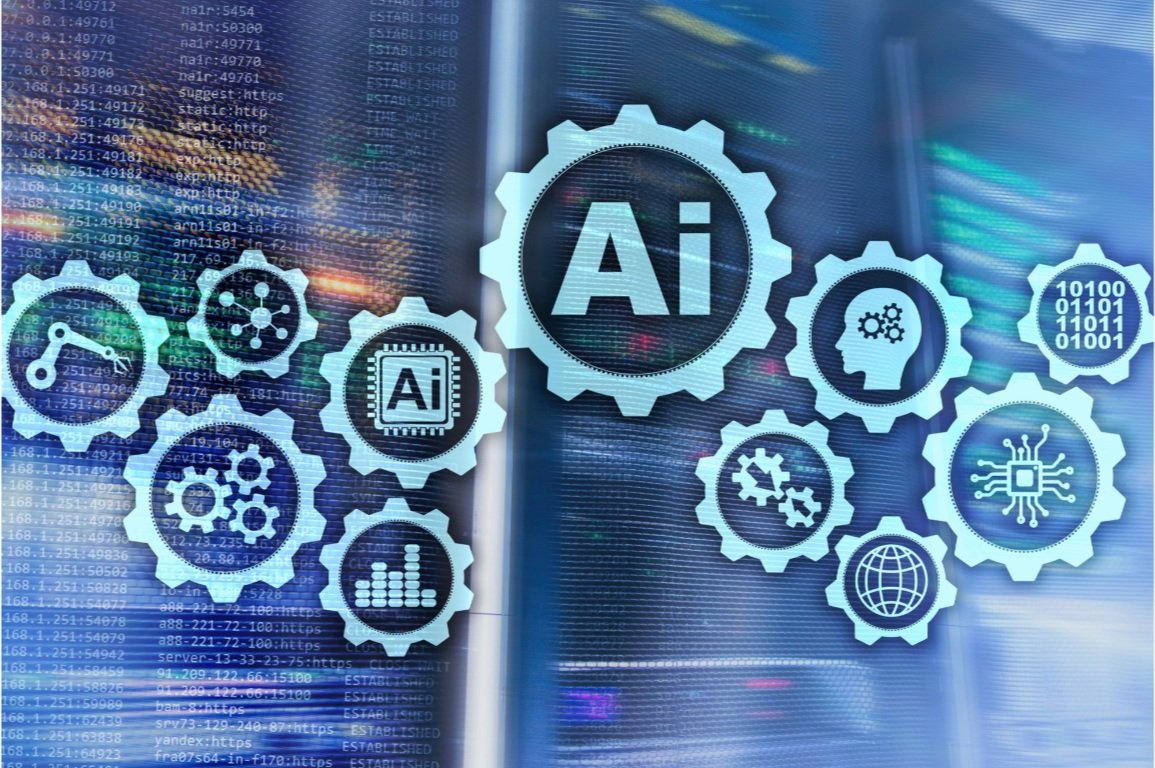
76. AI in Creative Writing
AI is being used to assist with creative writing by generating ideas, structuring narratives, and even drafting content. AI-powered tools like OpenAI’s GPT series can write stories, poems, and articles, offering new opportunities for writers to collaborate with machines in the creative process.
77. AI in Urban Planning
AI is transforming urban planning by analyzing data on population growth, traffic patterns, and resource usage to optimize city layouts. AI models can simulate the impact of new infrastructure projects, helping planners design more efficient, sustainable, and livable cities.
78. AI in Ethical Hacking
AI-powered tools are being used by ethical hackers to identify vulnerabilities in software systems and protect against cyberattacks. These AI-driven systems can simulate attacks, analyze system weaknesses, and recommend security improvements, helping organizations stay ahead of cybercriminals.
79. AI in Autonomous Farming
AI-driven autonomous farming systems use robotics and machine learning to optimize planting, irrigation, and harvesting. These systems can monitor crop health, predict yield outcomes, and manage resources more efficiently, reducing labour costs and increasing agricultural productivity.
80. AI in 3D Printing
AI is enhancing 3D printing by optimizing design and production processes. AI algorithms can analyze the structural integrity of designs, predict material usage, and improve print quality, leading to more efficient and sustainable manufacturing practices in industries such as aerospace, healthcare, and construction.
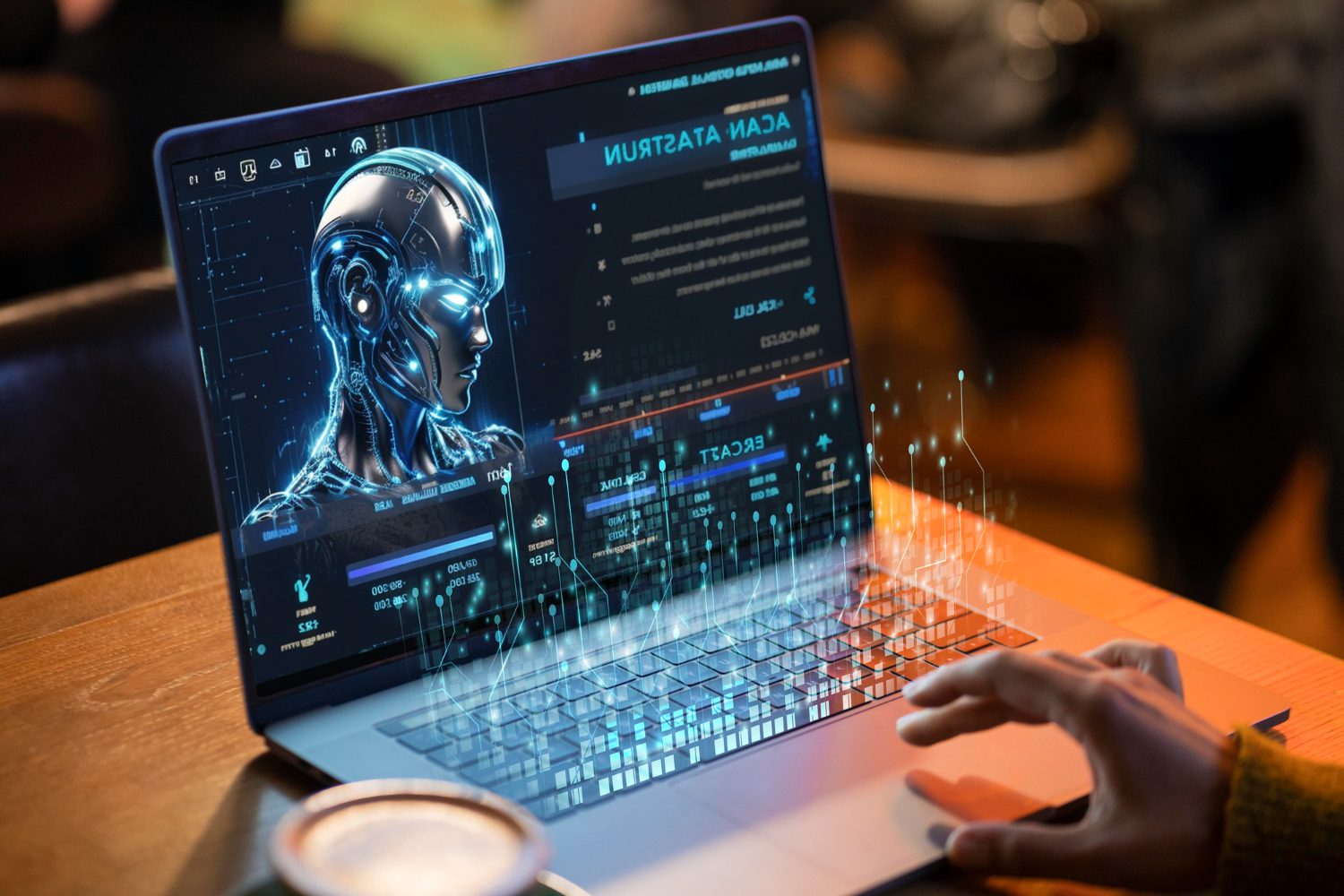
Artificial intelligence has come a long way since its inception, evolving from a theoretical concept to a transformative technology that is now embedded in virtually every aspect of modern life. The innovations highlighted in this article represent the vast breadth and depth of AI’s influence, from revolutionizing industries such as healthcare, finance, and transportation to enhancing everyday conveniences through smart assistants, personalized recommendations, and autonomous systems.
The top 80 AI innovations explored here demonstrate not only the incredible progress made so far but also the limitless potential for future breakthroughs. AI is redefining what is possible in fields like medicine, cybersecurity, education, and entertainment, and it continues to push the boundaries of human ingenuity. As AI technology advances, it will continue to unlock new opportunities for efficiency, creativity, and problem-solving across a wide range of domains.

